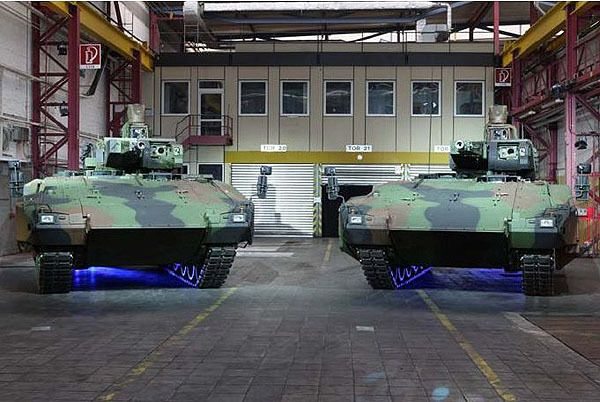Legacy military equipments in most European armies are becoming irrelevant for present-day operations, as they demand special capabilities for operating in urban environments and asymmetric warfare. While there is an immediate need to acquire new equipment, affordability remains a concern with most European countries reeling under economic turmoil.
New analysis from Frost & Sullivan, European Military Land Vehicles Market Assessment, projects total market revenues at $ 4.52 billion in 2010 and it is expected to reduce to $ 2.01 billion in 2018. The reduction in revenues is mainly due to cuts in spending; however lack of visibility on future programs that might arise after 2015 is also to be considered. The following market sectors are covered in the research: military land vehicles and unmanned ground vehicles.
“At present, urgent operational requirement (UOR) procurements represent an important market driver,” remarks Frost & Sullivan Senior Research Analyst Mahendran Arjunraja. “Once the Afghan operations come to a halt, the market is anticipated to migrate from UOR towards planned modernization programmes, which have been pending for some time.”
Although European countries are curtailing their defence budgets due to the current economic turmoil, significant opportunities continue to exist in the military land vehicles market. The lessons learnt from recent conflicts will motivate armies to opt for advanced and more efficient equipment. Therefore, governments have been changing their focus from quantity to quality. Countries like France, Germany, the United Kingdom and Turkey would be the major markets during the forecast period.
“The noticeable trend in the European land combat vehicles market is the reduction of vehicle procurement numbers,” notes Arjunraja. “In the future, defence suppliers will be unable to enjoy economies of scale unless they innovate. Focusing on other global emerging markets might be also a solution to keep the market share.”
End users have been emphasising the importance of low-cost, yet high-quality, equipment. Striking a balance between both and offering suitable solutions present a challenge for suppliers.
“Defence companies must ensure they develop cost-effective offering since absolute cost of equipment will be a key decision making factor,” advises Arjunraja. “Companies which had been benefiting from UOR procurements should start focussing on opportunities in planned defence procurement programmes.”











